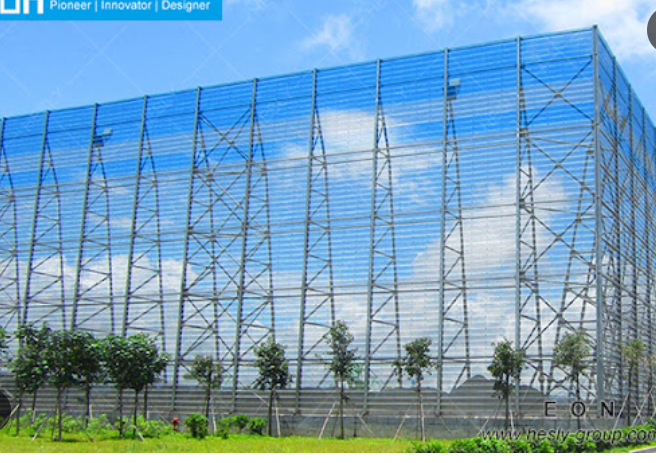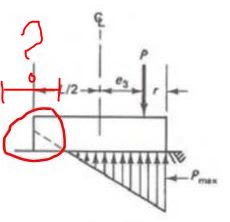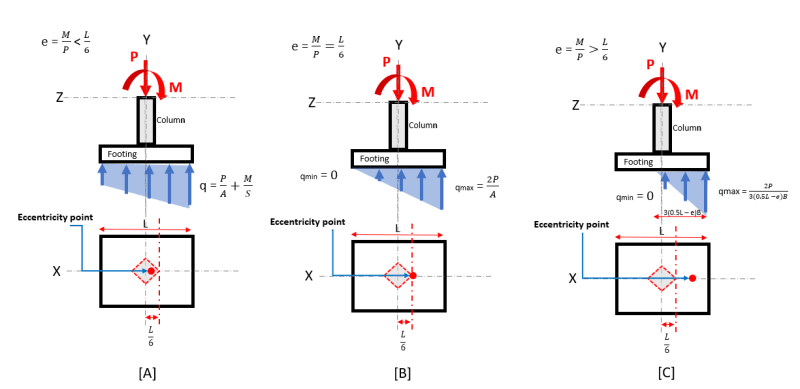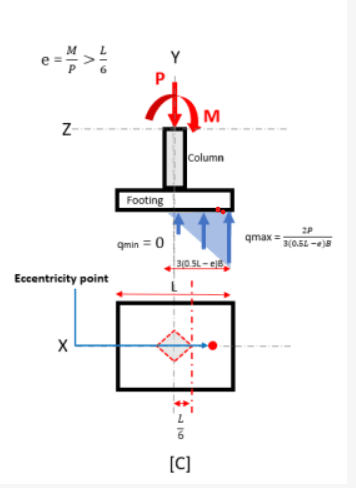Unfortunately, the communication with the geotechnical engineer is reduced to getting a geotechnical study of the area with the permissible soil bearing capacity from him, and it is up to me to design the construction and take everything into account.
The structure I'm designing (for the first time) is a very long and tall windbreak wall made of 40% porous panels supported by steel columns. Like, for example in the picture:

The porosity is taken into account when the wind force was calculated according to the Eurocode, but still there is a significant wind force that acts on the structure, and thus the moment on the foundation. And okay, I know I need to control the overturning and sliding stability of the foundation, and also that the pressure on the soil underneath the foundation does not exceed bearing capacity of the soil. But unfortunately, when getting the job from client, the construction is quite underestimated and smaller quantities of concrete were adopted and it is expected of me not to exceed the adopted quantities of concrete/foundation. But of course, there is tension under the foundation due to significant moment, which I know is not a real tension, there is no tension of the soil (it is zero pressure), but a negative pressure occurs on a 1/3-1/4 of the foundation surface, theoreticaly speaking, when the load combination is 1.0*dead load+1.5*wind. So my question was is there any limitation on how much of the foundation zone can be under 'negative pressure' in Eurocode. Because I saw that many people mention that in their country/company, based on national annexes or company rules, they limit, for example, 10% of the foundation to be under tension.
According to your answers, I see that no one knows any limitation in the Eurocode, therefore, I don't think it exists.
Does that mean that if I satisfy the following taska:
1. overturning stability
2. sliding stability
3. that the pressure stress (from the ULS combination of loads), which is recalculated as qmax according to the picture below, should be less than the maximum bearing capacity of the soil according to the geotechnical study.
If I satisfy these three tasks, does that mean that the foundation structure is okay even though, for example, 1/3-1/4 of it is under negative pressure (zero pressure) when the load combination is dead load + wind ?





